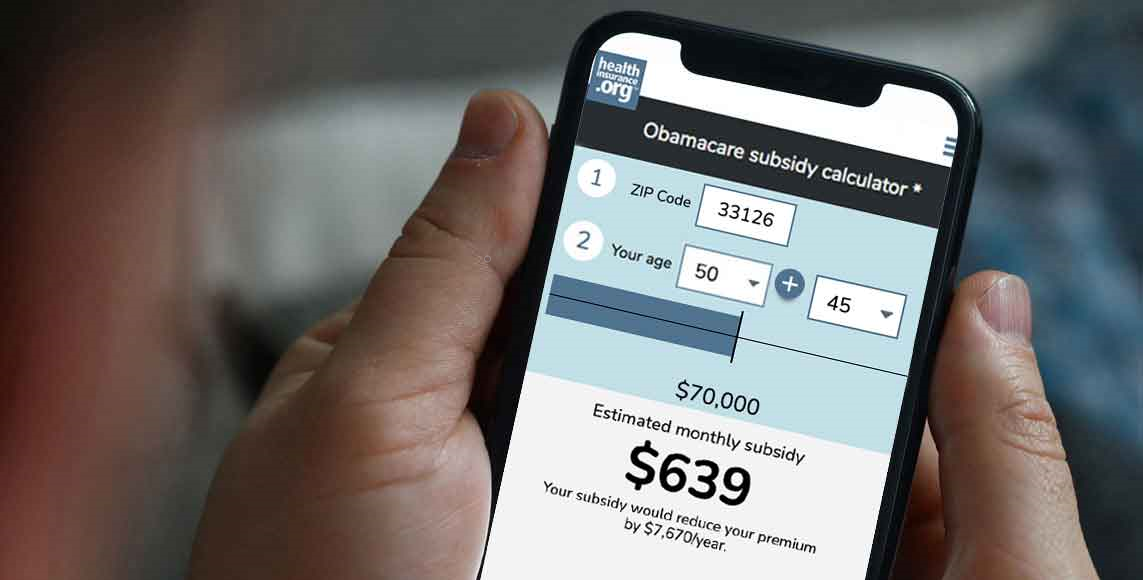
What is CHIP (the Children's Health Insurance Program)?
The Children’s Health Insurance Program (CHIP) is a health coverage program created in 1997 to ensure that children would have health coverage even if their families couldn’t afford to pay for private health insurance.
In most states, CHIP provides low-cost health coverage to children in families with incomes too high to qualify for Medicaid. But some states integrated their Medicaid and CHIP into a single program with one income limit. You can click on a state on this map to see how CHIP is administered.
How is CHIP funded and administered?
CHIP is jointly administered by the state governments and the U.S. Department of Health and Human Services, although most of the funding comes from the federal government. But CHIP funding is not permanently authorized, and has to be periodically addressed. The Consolidated Appropriations Act, 2023 extended federal CHIP funding through fiscal year 2029.
What are the income limits for CHIP eligibility?
Income limits for CHIP eligibility vary by state (you can see details here for each state). In most states, the income limit for CHIP eligibility is at least 250% of the poverty level. And in New York, it extends to 400% of the poverty level (that amounts to $10,400 per month for a family of four in 20241).
Do families have to pay a premium for CHIP?
About half of the states have modest premiums or enrollment fees for CHIP.2 In most cases this applies to separate CHIP programs, but it also includes a few states that integrate CHIP with their Medicaid program3 (note that some states have eliminated their CHIP premiums since 2020).2
For states that charge premiums for CHIP, the monthly premium ranges from about $9 to about $61 per child.
During the COVID pandemic, many states opted to suspend CHIP premiums. In states that suspended premiums, some returned to their normal premiums after the end of the public health emergency in May 2023, others are waiting until their post-pandemic eligibility redeterminations are complete, and others opted not to resume premiums at all.2
How many people have CHIP coverage?
More than 7 million people are enrolled in CHIP nationwide.4 These are mostly children, but a few states also provide CHIP coverage to people who are pregnant5 (pregnant people have access to Medicaid in every state, with higher income limits than those that apply to other adults).
Because CHIP income limits tend to extend well into the middle class, it’s common for families enrolling in health coverage through the exchange to find that the parents qualify for premium subsidies to purchase private coverage, while the kids qualify for CHIP instead (or Medicaid, depending on income and how the state structures its coverage for children).
Footnotes
- ”Eligibility and Costs, Child Health Plus” New York State Department of Health. Accessed February 28, 2024. ⤶
- ”Here’s a Good Idea – Some States Are Removing Barriers to Coverage by Dropping CHIP Premiums” Georgetown University Center for Children and Families. April 26, 2023. ⤶ ⤶ ⤶
- ”Premiums, Enrollment Fees, and Cost-Sharing Requirements for Children” KFF. January 1, 2020. ⤶
- ”October Medicaid & CHIP Enrollment Data Highlights” Centers for Medicare & Medicaid Services. Accessed February 28, 2024. ⤶
- ”Medicaid, Children’s Health Insurance Program, & Basic Health Program Eligibility Levels” Centers for Medicare & Medicaid Services. December 2023. ⤶








